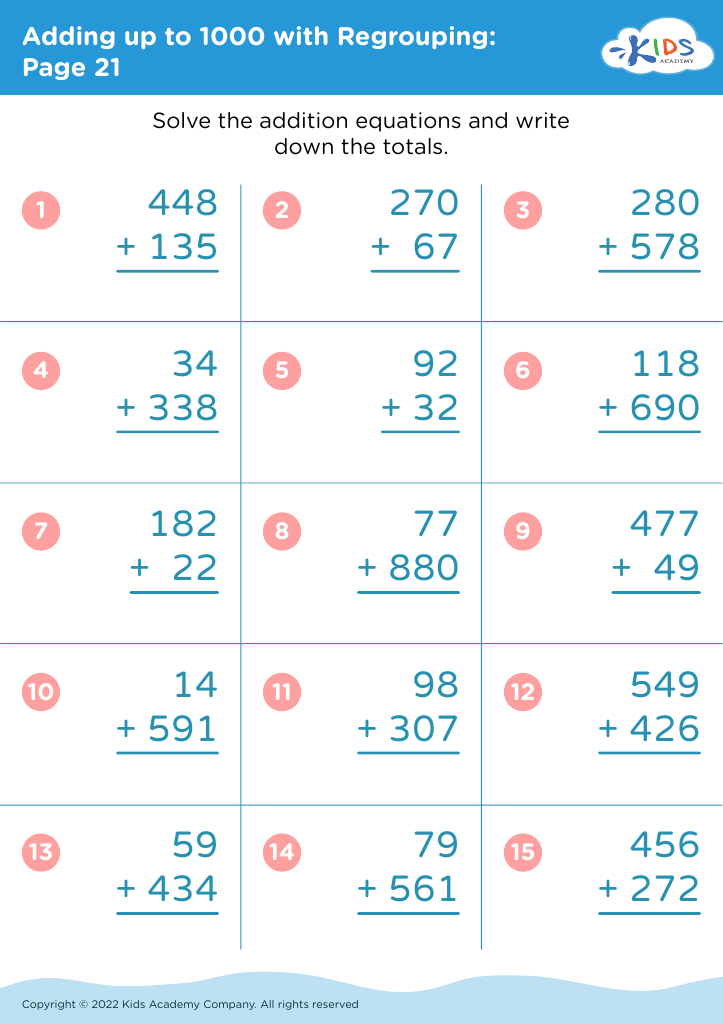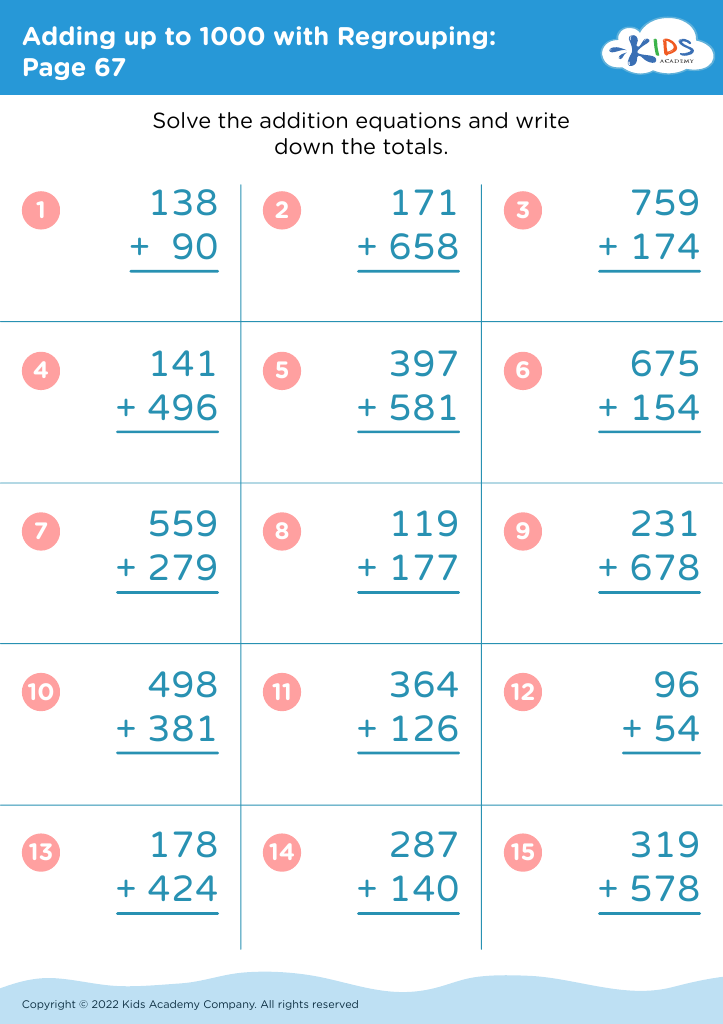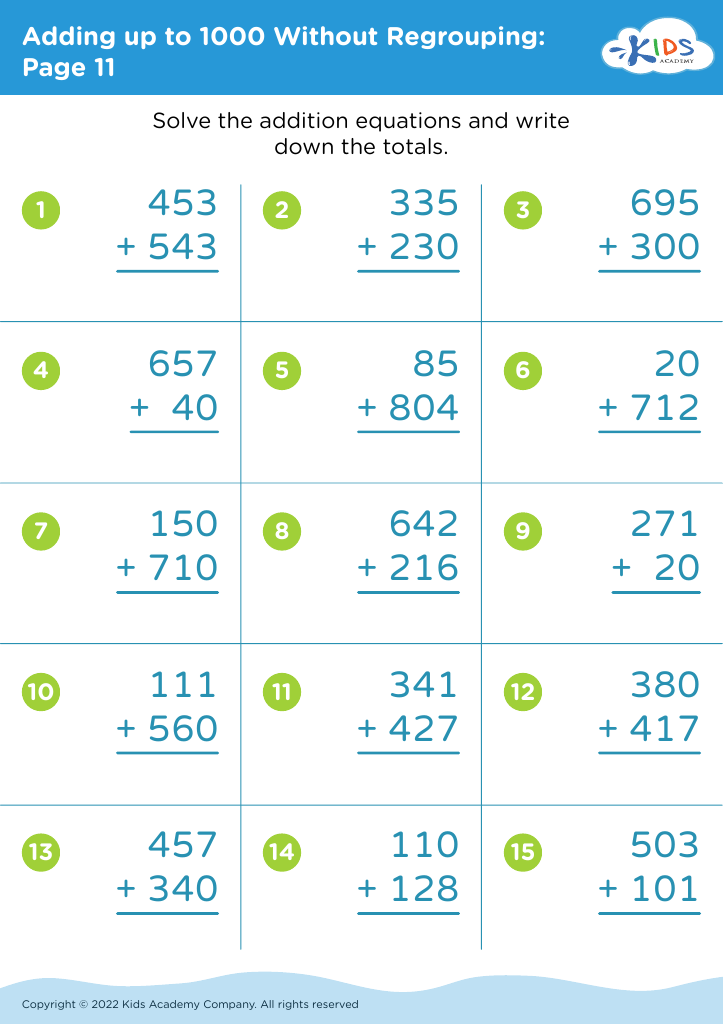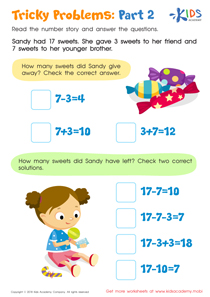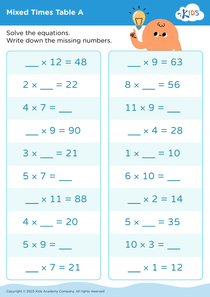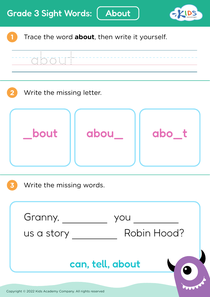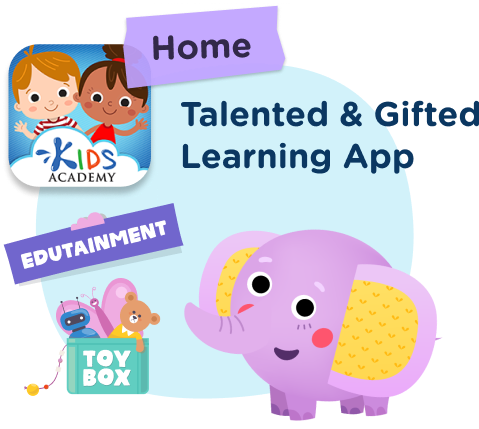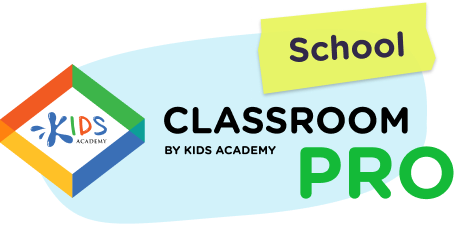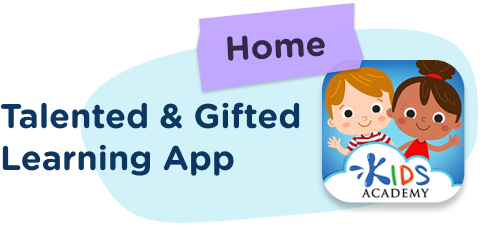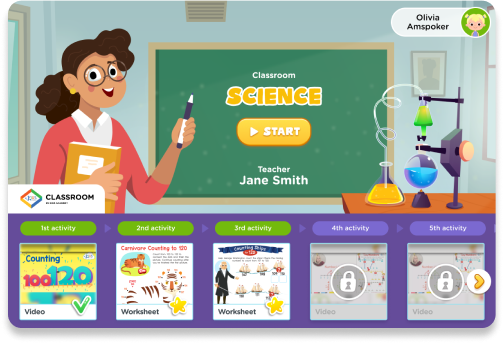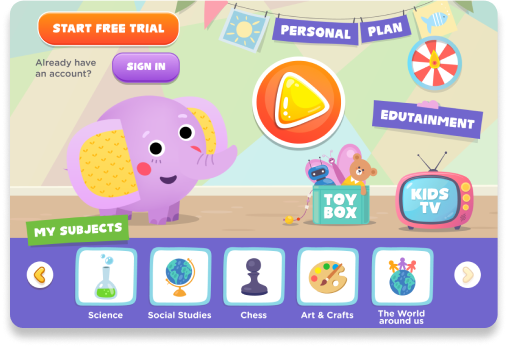Number identification Grade 3 Adding up to 1000 Worksheets
3 filtered results
-
From - To
Our "Number Identification Grade 3 Adding up to 1000 Worksheets" are designed to strengthen your third grader's math skills with diverse, interactive activities. These worksheets focus on addition up to 1000, combining fun and learning to reinforce number identification and improve computational proficiency. Kids will develop a stronger understanding of place values, enhance their problem-solving skills, and build confidence in adding large numbers. Perfect for classroom use or extra practice at home, these printables make mastering addition engaging and effective. Equip your child with essential math strategies and watch their numeracy skills flourish. Download our worksheets today!
Number identification is a fundamental skill for third graders, critical as they expand their mathematical understanding. At this stage, students are transitioning from simple arithmetic to more complex concepts, and being able to identify and work with numbers up to 1000 is crucial for their overall math proficiency.
Firstly, number identification lays the groundwork for addition, subtraction, multiplication, and division. Mastery of these basics is essential for more advanced math topics they will encounter in higher grades. For example, when students can easily recognize and differentiate numbers, they can tackle problems involving carrying over or borrowing in addition and subtraction, enhancing their problem-solving skills.
Secondly, number identification helps in real-life applications. Whether it's counting money, reading a clock, or measuring ingredients for a recipe, the ability to understand and manipulate numbers up to 1000 prepares students for everyday tasks.
Teachers and parents should support this learning by providing diverse and consistent practice opportunities. This could include interactive activities, practical applications, and positive reinforcement. A strong foundation in number identification enables students to approach math with confidence, setting them up for success not just in school, but in life. Prioritizing this skill ensures they develop a robust mathematical mindset, critical thinking, and analytical skills essential for future academic and personal achievements.
